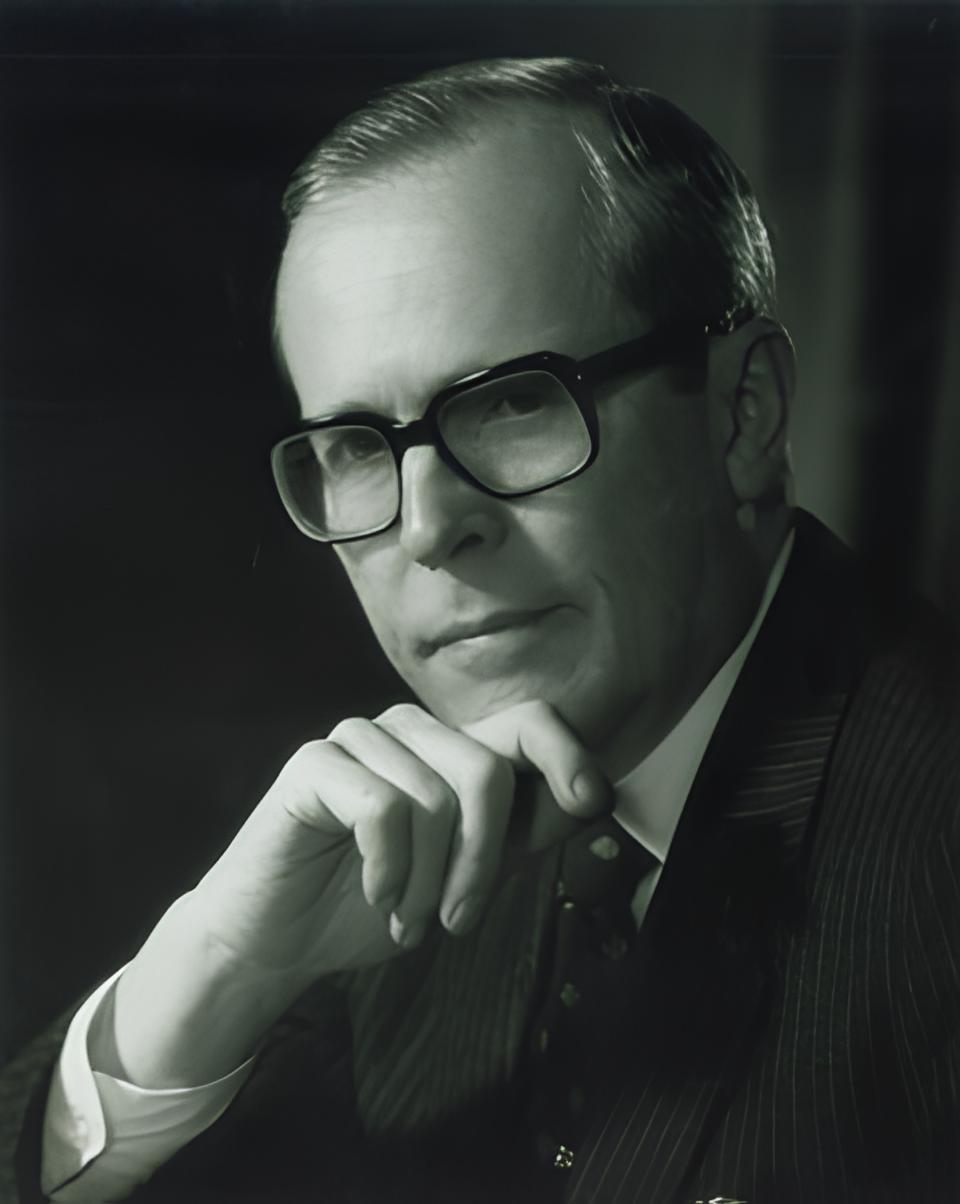Among the few absolute certainties confronting the human race is the growing need for energy. As the world’s population approaches 7 billion, with no end in sight, it is perfectly obvious that mankind must find ways of generating more and more energy to fuel both human and technological growth.
In the 20th century, the solution to the problem was oil. Increasingly across the decades, it ran our cars, operated our factories and provided the motive power for all sorts of indispensable human activities. Today, a technologically sophisticated society would be unimaginable without it.
And yet, the world’s supply of oil is far from unlimited. Already we are being forced to look ever further afield for it, and the cost of finding and exploiting new deposits of oil — most recently, under the world’s oceans — is rising inexorably. It doesn’t take a soothsayer to foresee that oil, as our principal energy resource, is a fast-diminishing asset.
What is the alternative? There are shockingly few. Mining and burning more coal obviously isn’t the answer. Solar power is theoretically attractive, but harnessing it is technologically difficult and prohibitively expensive. Exotic alternatives like wind power are for all practical purposes out of the question.
Fortunately, there has been available for more than half a century a form of energy that is substantially infinite, ecologically inoffensive and readily available. It is nuclear power, and it is the obvious — indeed, the only — solution to mankind’s problem of producing more energy.
It was nuclear power’s misfortune to first be developed as a weapon — the atomic bomb, which brought a swift end to World War II when two of them were dropped on Japan. The human race was taught to regard nuclear power as an evil — indeed, a literally poisonous — substance: tasteless, odorless, invisible, yet capable of condemning thousands of people to a painful death. The fact that it could easily be produced in facilities that were perfectly safe, and which could generate virtually limitless supplies of precious energy, was summarily disregarded. The human race, by and large, simply rejected nuclear power as an acceptable solution to the energy problem. (The environmentalists, of course, made matters infinitely worse by falsely depicting nuclear power as somehow inherently dangerous.)
The rejection was not total. France and Taiwan, two great economic powers that lack ready access to coal and oil, today depend on nuclear power for the vast majority of their energy needs. And nuclear power plants exist elsewhere in the world, including in the United States, although not nearly to the extent that economic common sense would prescribe.
The ancient fears about the safety of nuclear power have long since been proved wholly illusory. Indeed, there has never been, in the entire 60-year history of the American nuclear-power industry, so much as a single radiation-related fatality. (Compare that to the thousands worldwide who die every year mining that supposedly “safer” fuel, coal.)
And yet the world’s peoples, by and large, continue to shun nuclear power. How long will this nonsense continue? As long, I suspect, as we can squeeze enough oil out of shale and the world’s ocean beds to supply our basic needs (enriching the oil producers in the process). Then, when we simply run out of oil, we will follow the French and Taiwanese examples and turn quietly to nuclear power.
A day will come when our grandchildren will wonder what took us so long. I’m glad I won’t be around to have to tell them.
*****
This article originally appeared on Townhall.com on Jul 29, 2008

